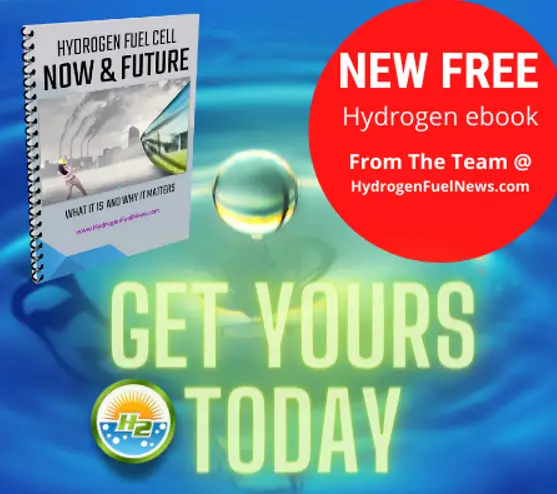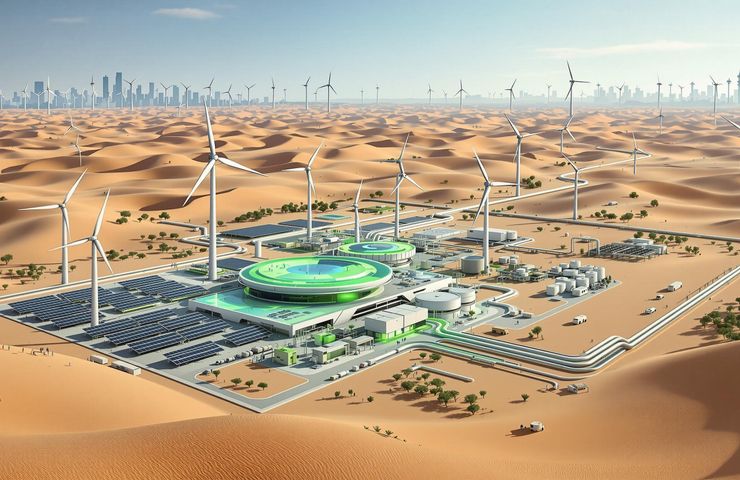
Saudi Arabia and SEFE to Export 200,000 Tons of Green Hydrogen to Europe by 2030
July 21, 2025Saudi Arabia’s push to diversify its energy game just hit a big milestone. In early 2025, ACWA Power inked a major deal with Germany’s SEFE Energy—the kind of partnership that moves the needle. The two signed an agreement aiming to ship 200,000 tons of green hydrogen a year to Europe by 2030. It’s a big win for the Kingdom’s Vision 2030 plan to move beyond oil and step into a leading role in the booming green hydrogen market.
Building the Future: The Yanbu Hydrogen Hub
The heart of this project is the Yanbu Green Hydrogen Hub, nestled on Saudi Arabia’s western coast. Once it’s up and running in 2030, this cutting-edge facility will weave together large-scale renewable energy, top-tier electrolysis systems, tech to convert hydrogen into clean ammonia for easier shipping, and the infrastructure to move all that hydrogen to Europe. With backing from EnBW and the Ministry of Energy, this hub isn’t just another hydrogen project—it’s shaping up to be one of the most advanced hydrogen production giants in the world.
Why It Matters: Europe’s Energy Pain Meets Saudi Ambition
This deal isn’t happening in a vacuum—it’s right on time for Europe. After Russia’s invasion of Ukraine, European countries have been scrambling to wean themselves off Russian energy. Combine that urgency with the commitments under the European Green Deal, and Saudi Arabia’s hydrogen supply looks incredibly appealing.
SEFE Energy—which used to be Gazprom Germania—has rebranded and repositioned itself as a key player in Europe’s non-Russian energy future. This partnership gives Germany and other EU nations a more stable, sustainable energy source while helping them stick to their long-term climate goals.
How It Works: From Sun and Wind to Clean Ammonia
- Green Hydrogen via Electrolysis: Using solar and wind power to split water into hydrogen and oxygen—which means zero emissions and maximum sustainability.
- Ammonia Conversion: To make shipping easier and cheaper, the hydrogen gets turned into clean ammonia. It’s then shipped to Europe, where it’s converted back—yes, a bit of energy is lost in the process, but it’s still far more efficient at scale.
- HVDC Transmission: Long-distance electricity exports will get a boost from agreements with Siemens Energy, GE Vernova, Prysmian, and others. Together, they’re building the infrastructure to push renewable energy across borders efficiently.
The Big Picture: Money, Jobs, and Global Impact
- The project is set to bring more than $250 billion in energy assets under ACWA Power’s belt by 2030—think of the impact on Saudi Arabia’s GDP and job market.
- Production costs for hydrogen in Saudi Arabia are expected to hover around $1.50 per kilogram—way below the global average of $5/kg. That’s a serious edge in the race for affordable sustainable energy.
- From fueling EU decarbonization to driving local industry, the entire value chain is a win for both sides of the deal.
Next Moves: Expanding the Pipeline
This isn’t a one-off project. ACWA Power is also teaming up with global heavyweights like TotalEnergies Renewables (France), Edison S.p.A. (Italy), and Zhero Europe (Netherlands) to build a broader electricity export corridor linking the Gulf with Europe. It’s all part of a bigger push to create a truly international energy market—driven by high-efficiency tech and coordinated policy frameworks.
Where It’s Headed
What we’re seeing now is just the beginning. With ACWA Power’s massive renewable energy pipeline and mega-projects like Neom’s Helios on the horizon, Saudi Arabia isn’t just playing in the green hydrogen space—it’s going for global leadership.
Low-cost hydrogen production, deep partnerships across Europe, support from GCC governments, and soaring demand from energy-hungry nations—all signs point to one thing: Europe’s hydrogen future might just be fueled by the Saudi sun.

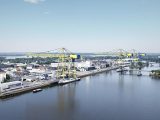
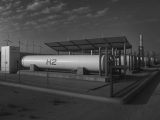
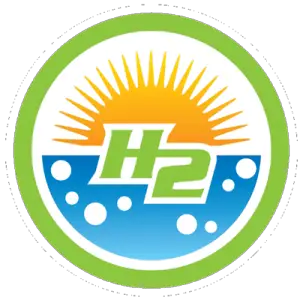 With over 15 years of reporting hydrogen news, we are your premier source for the latest updates and insights in hydrogen and renewable energy.
With over 15 years of reporting hydrogen news, we are your premier source for the latest updates and insights in hydrogen and renewable energy.